Individual Conditional Expectation (ICE)
(Feature Influence)
Method Overview
Explanation Synopsis
ICE captures the response of a predictive model for a single instance when varying one of its features (Goldstein et al. 2015).
It communicates local (with respect to a single instance) feature influence.
Toy Example – Numerical Feature
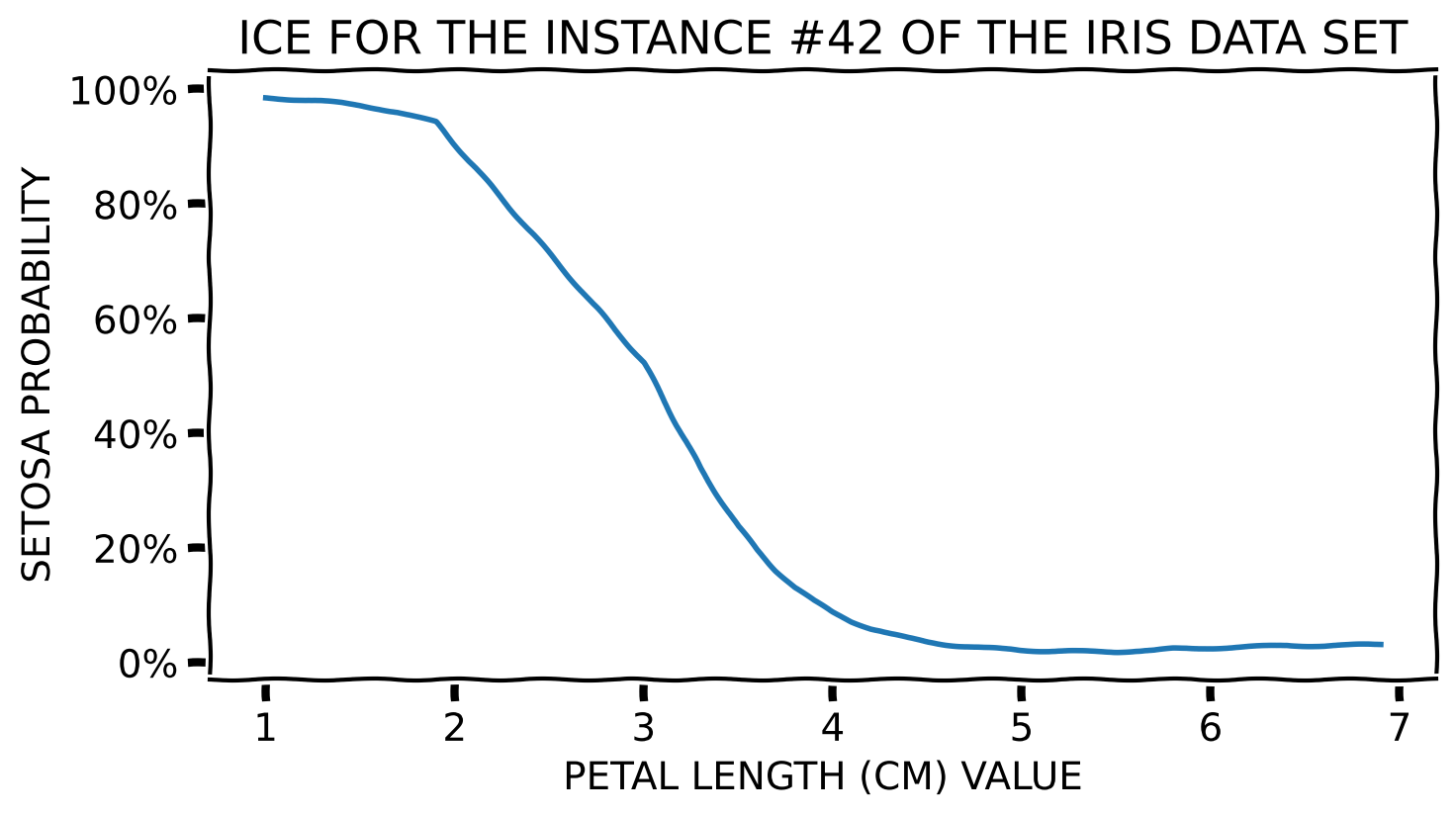
Toy Example – Categorical Feature
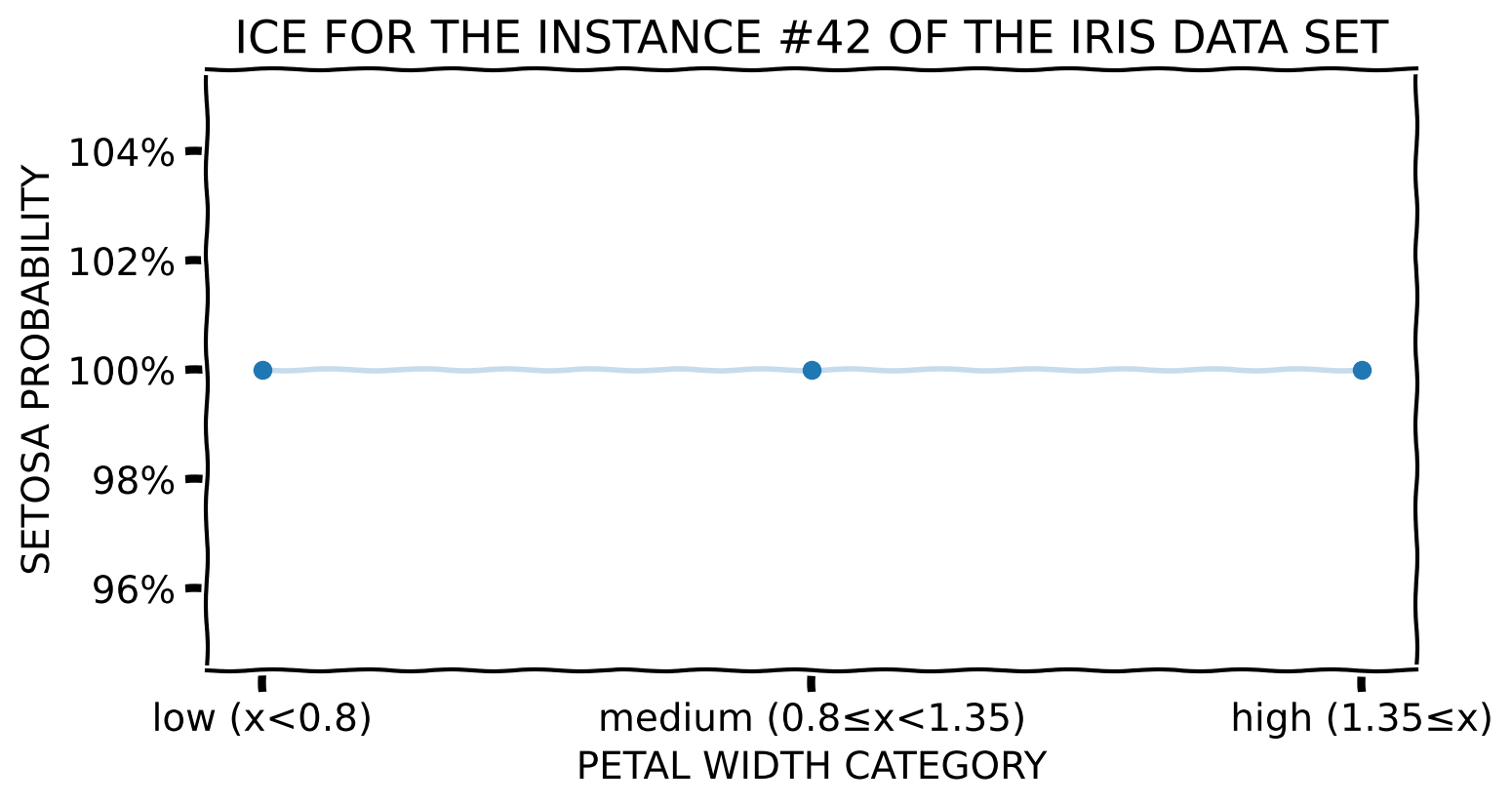
Method Properties
| Property | Individual Conditional Expectation |
|---|---|
| relation | post-hoc |
| compatibility | model-agnostic |
| modelling | regression, crisp and probabilistic classification |
| scope | local (per instance; generalises to cohort or global) |
| target | prediction (generalises to model) |
Method Properties
| Property | Individual Conditional Expectation |
|---|---|
| data | tabular |
| features | numerical and categorical |
| explanation | feature influence (visualisation) |
| caveats | feature correlation, unrealistic instances |
(Algorithmic) Building Blocks
Computing ICE
Input
Select a feature to explain
Select the explanation target
- crisp classifiers → one-vs.-the-rest or all classes
- probabilistic classifiers → (probabilities of) one class
- regressors → numerical values
Select an instance to be explained (or collection thereof)
Computing ICE
Parameters
Define granularity of the explained feature
- numerical attributes → select the range – minimum and maximum value – and the step size of the feature
- categorical attributes → the full set or a subset of possible values
Computing ICE
Procedure
- For each explained instance create its copy with the value of the explained feature replaced by the range of values determined by the explanation granularity
- Predict the augmented data
- For each explained instance plot a line that represents the response of the explained model across the entire spectrum of the explained feature
Since the values of the explained feature may not be uniformly distributed in the underlying data set, a rug plot showing the distribution of its feature values can help in interpreting the explanation.
Theoretical Underpinning
Formulation
\[ X_{\mathit{ICE}} \subseteq \mathcal{X} \]
\[ V_i = \{ v_i^{\mathit{min}} , \ldots , v_i^{\mathit{max}} \} \]
\[ f \left( x_{\setminus i} , x_i=v_i \right) \;\; \forall \; x \in X_{\mathit{ICE}} \; \forall \; v_i \in V_i \]
\[ f \left( x_{\setminus i} , x_i=V_i \right) \;\; \forall \; x \in X_{\mathit{ICE}} \]
Formulation
Original notation (Goldstein et al. 2015)
\[ \left\{ \left( x_{S}^{(i)} , x_{C}^{(i)} \right) \right\}_{i=1}^N \]
\[ \hat{f}_S^{(i)} = \hat{f} \left( x_{S}^{(i)} , x_{C}^{(i)} \right) \]
Variants
Centred ICE
Centres ICE curves by anchoring them at a fixed point, usually the lower end of the explained feature range.
\[ f \left( x_{\setminus i} , x_i=V_i \right) - f \left( x_{\setminus i} , x_i=v_i^{\mathit{min}} \right) \;\; \forall \; x \in X_{\mathit{ICE}} \]
or
\[ \hat{f} \left( x_{S}^{(i)} , x_{C}^{(i)} \right) - \hat{f} \left( x^{\star} , x_{C}^{(i)} \right) \]
Derivative ICE
Visualises interaction effects between the explained and remaining features by calculating the partial derivative of the explained model \(f\) with respect to the explained feature \(x_i\).
- When no interactions are present, all curves overlap.
- When interactions exist, the lines will be heterogeneous.
Derivative ICE
\[ f \left( x_{\setminus i} , x_i \right) = g \left( x_i \right) + h \left( x_{\setminus i} \right) \;\; \text{so that} \;\; \frac{\partial f(x)}{\partial x_i} = g^\prime(x_i) \]
or
\[ \hat{f} \left( x_{S} , x_{C} \right) = g \left( x_{S} \right) + h \left( x_{C} \right) \;\; \text{so that} \;\; \frac{\partial \hat{f}(x)}{\partial x_{S}} = g^\prime(x_{S}) \]
Examples
ICE of a Single Instance
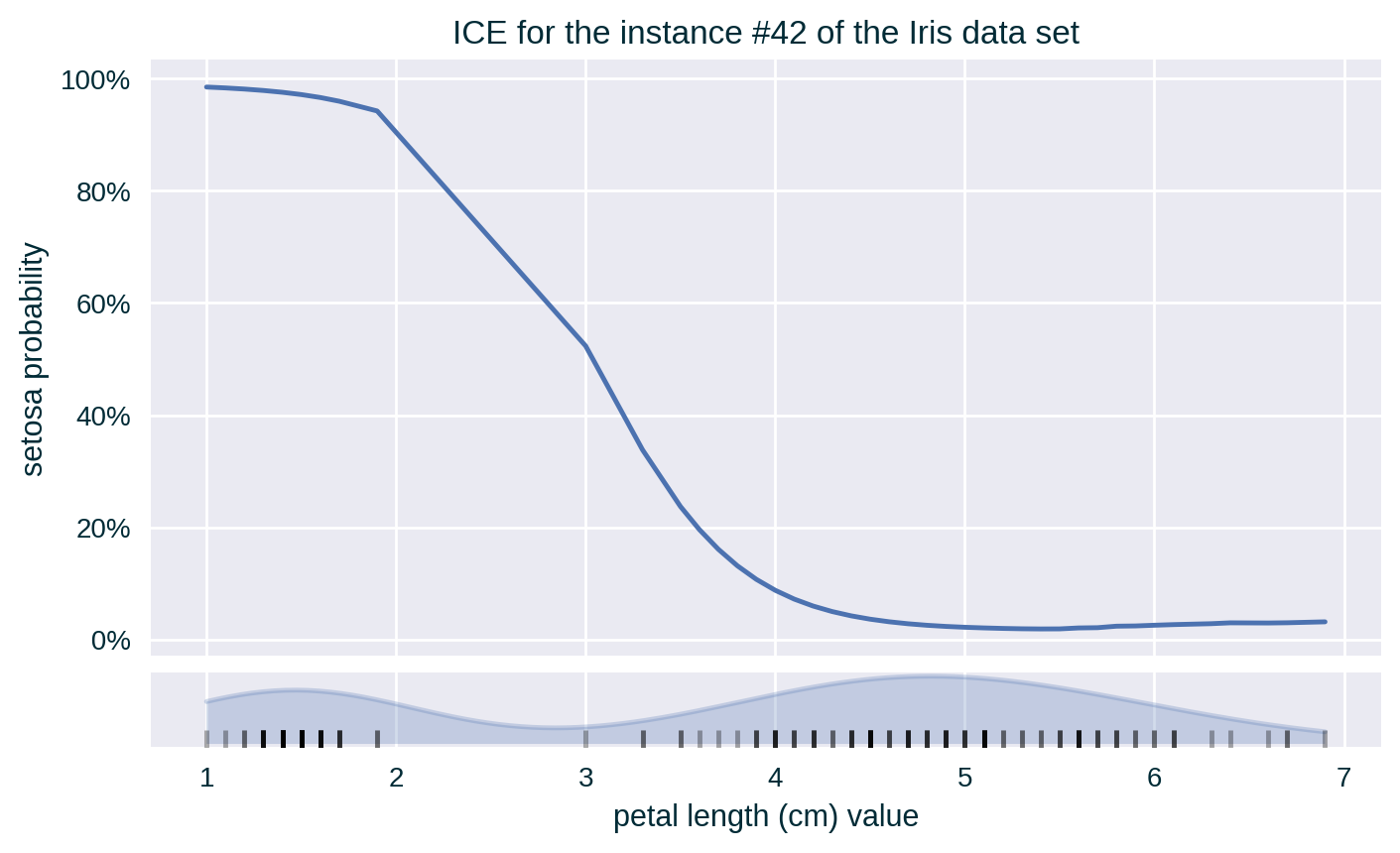
ICE of a Data Collection
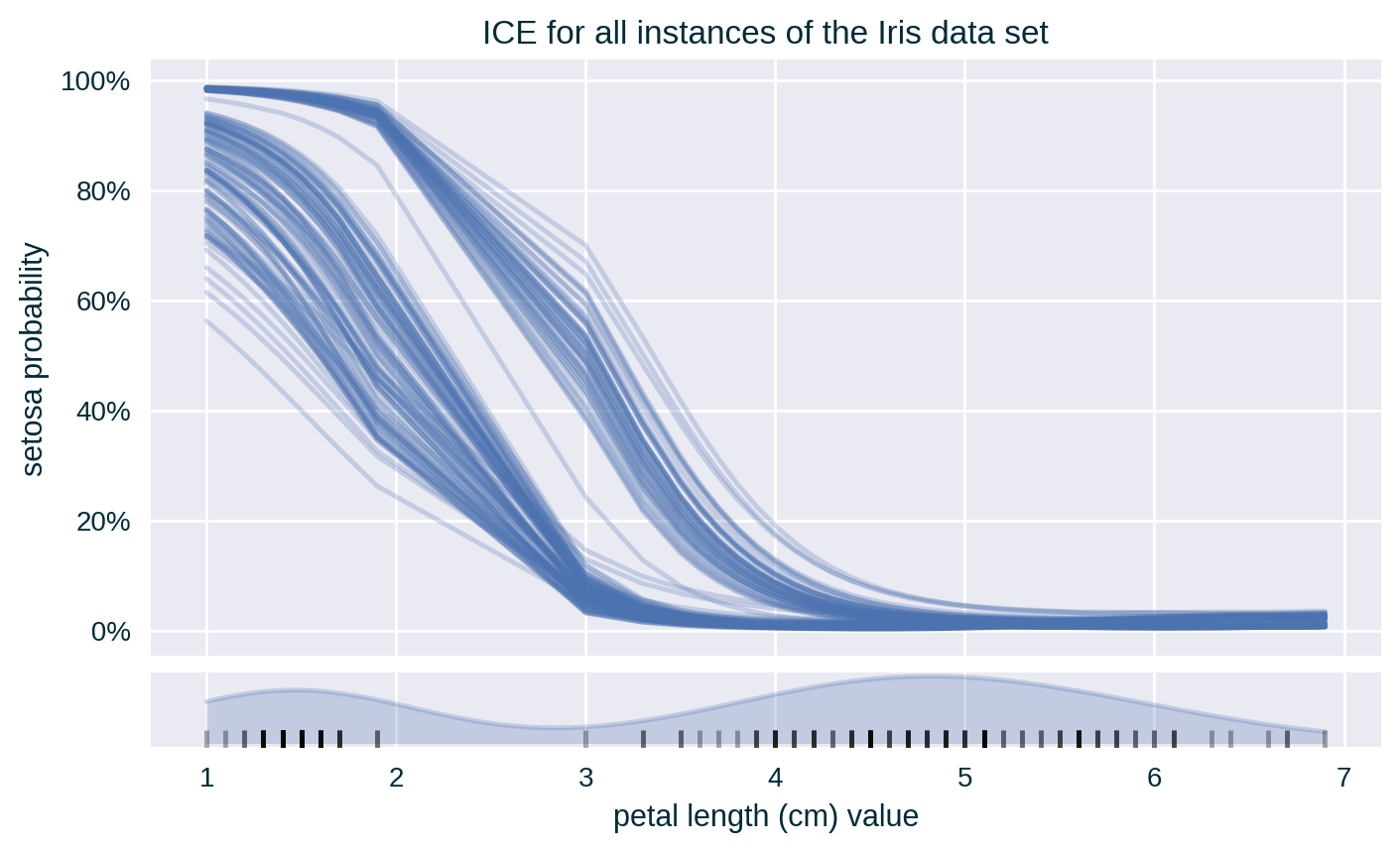
Centred ICE

Derivative ICE

Case Studies & Gotchas!
Out-of-distribution (Impossible) Instances

Out-of-distribution (Impossible) Instances

Out-of-distribution (Impossible) Instances
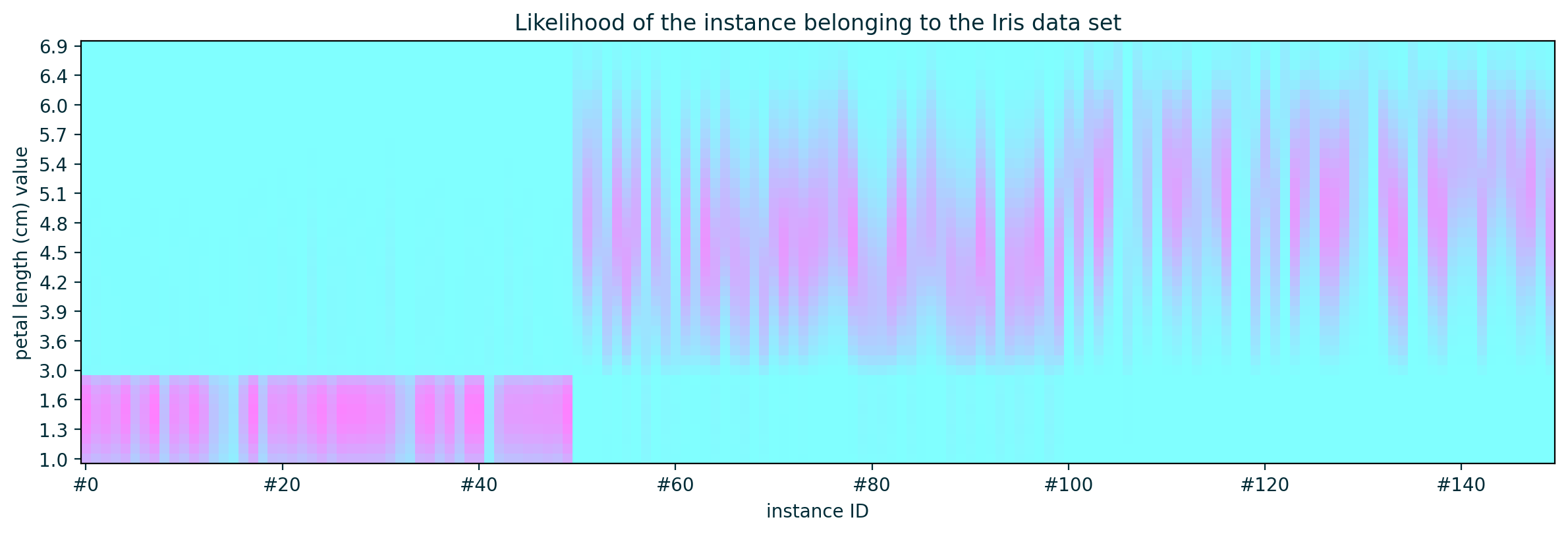
Out-of-distribution (Impossible) Instances

Feature Correlation

Feature Correlation

Feature Correlation
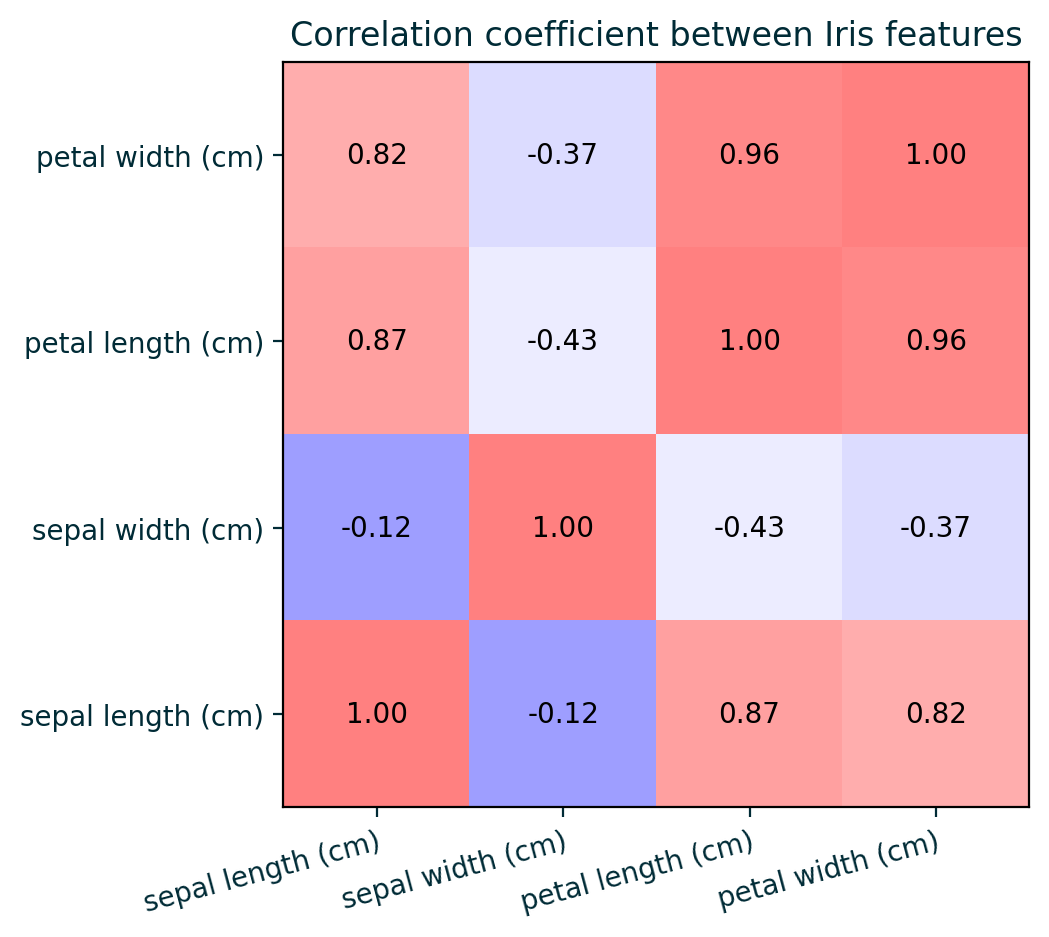
Target Correlation

Feature 2 & 1 Correlation (small)
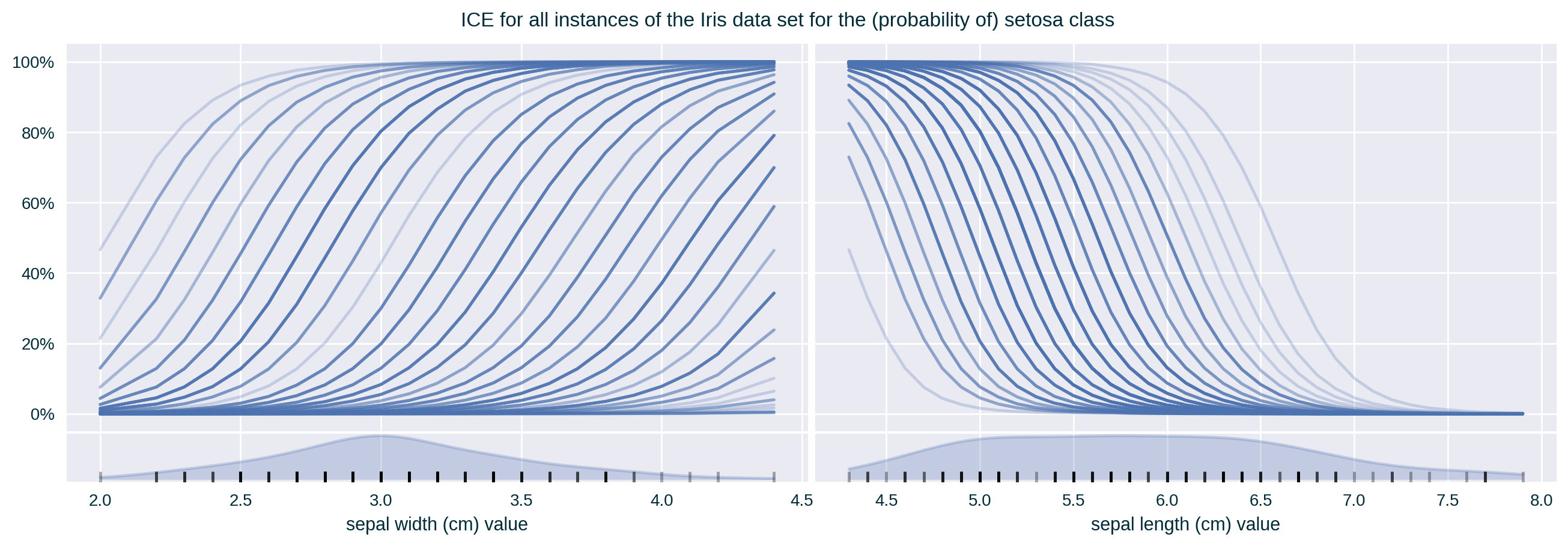
Feature 2 & 1 Correlation (small)

Feature 2 & 3 Correlation (medium)

Feature 2 & 3 Correlation (medium)
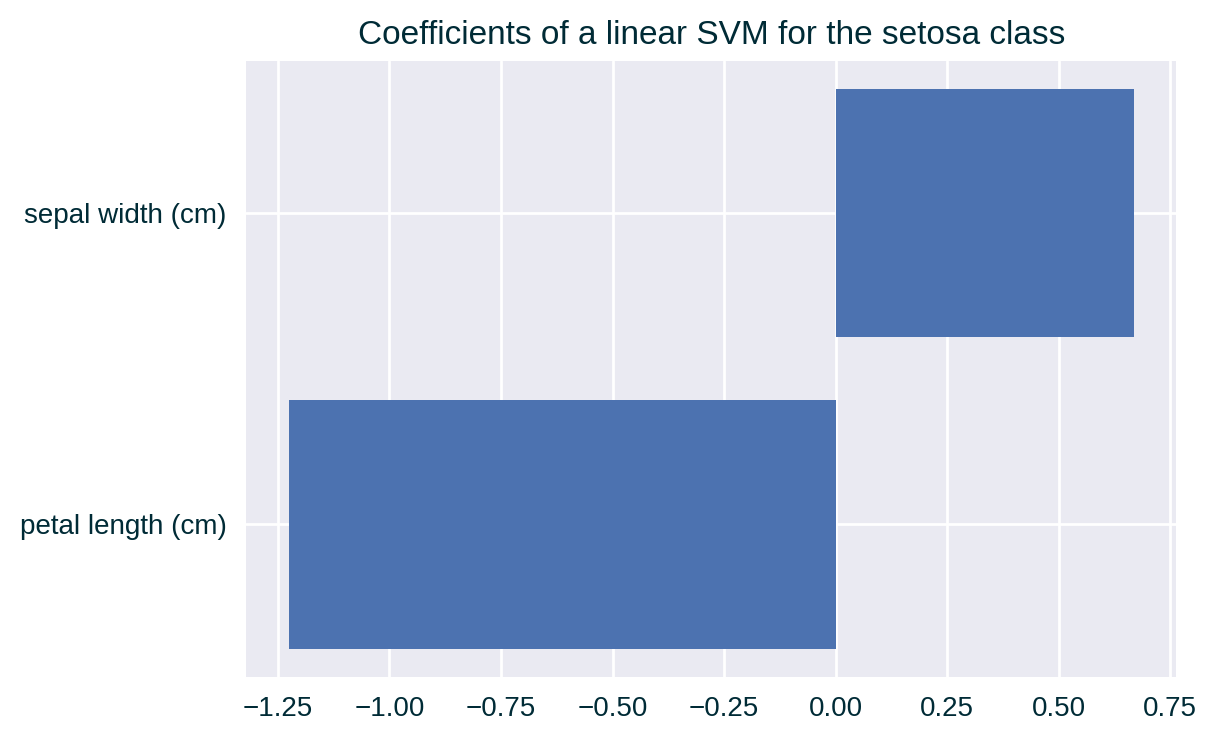
Feature 2 & 4 Correlation (medium)

Feature 2 & 4 Correlation (medium)

Feature 3 & 4 Correlation (high)

Feature 3 & 4 Correlation (high)
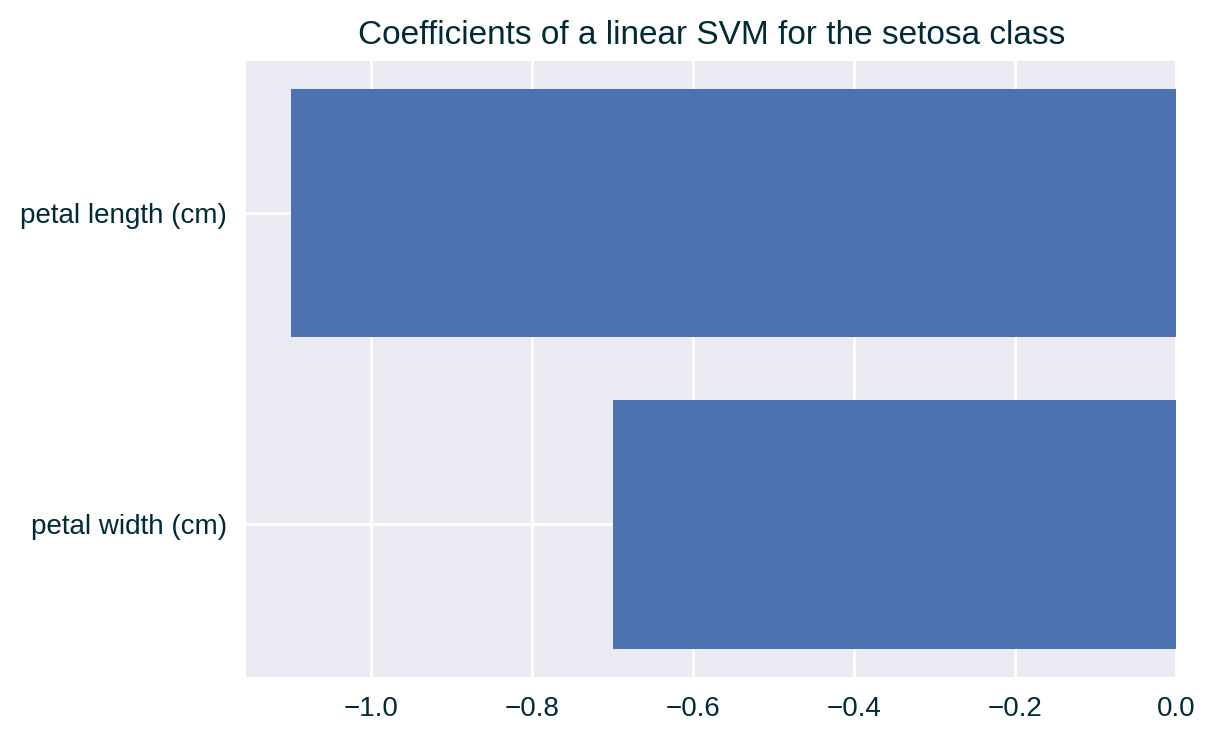
Properties
Pros
- Easy to generate and interpret
- Spanning multiple instances allows to capture the diversity (heterogeneity) of the model’s behaviour
Cons
- Assumes feature independence, which is often unreasonable
- ICE may not reflect the true behaviour of the model since it displays the behaviour of the model for unrealistic instances
- May be unreliable for certain values of the explained feature when its values are not uniformly distributed (abated by a rug plot)
- Limited to explaining one feature at a time
Caveats
- Averaging ICEs gives Partial Dependence (PD)
- Generating ICEs may be computationally expensive for large sets of data and wide feature intervals with a small “inspection” step
- Computational complexity: \(\mathcal{O} \left( n \times d \right)\), where
- \(n\) is the number of instances in the designated data set and
- \(d\) is the number of steps within the designated feature interval
Further Considerations
Causal Interpretation
Under certain (quite restrictive) assumptions, ICE is admissible to a causal interpretation (Zhao and Hastie 2021).
See Causal Interpretation of Partial Dependence (PD) for more detail.
Related Techniques
Partial Dependence (PD)
Model-focused (global) “version” of Individual Conditional Expectation, which is calculated by averaging ICE across a collection of data points (Friedman 2001). It communicates the average influence of a specific feature value on the model’s prediction by fixing the value of this feature across a designated set of instances.
Related Techniques
Marginal Effect (Marginal Plots or M-Plots)
It communicates the influence of a specific feature value – or similar values, i.e., an interval around the selected value – on the model’s prediction by only considering relevant instances found in the designated data set. It is calculated as the average prediction of these instances.
Related Techniques
Accumulated Local Effect (ALE)
It communicates the influence of a specific feature value on the model’s prediction by quantifying the average (accumulated) difference between the predictions at the boundaries of a (small) fixed interval around the selected feature value (Apley and Zhu 2020). It is calculated by replacing the value of the explained feature with the interval boundaries for instances found in the designated data set whose value of this feature is within the specified range.
Implementations
| Python | R |
|---|---|
scikit-learn (>=0.24.0) |
iml |
| PyCEbox | ICEbox |
| alibi | pdp |
| DALEX |
Further Reading
- ICE paper (Goldstein et al. 2015)
- Interpretable Machine Learning book
- scikit-learn example
- FAT Forensics example and tutorial